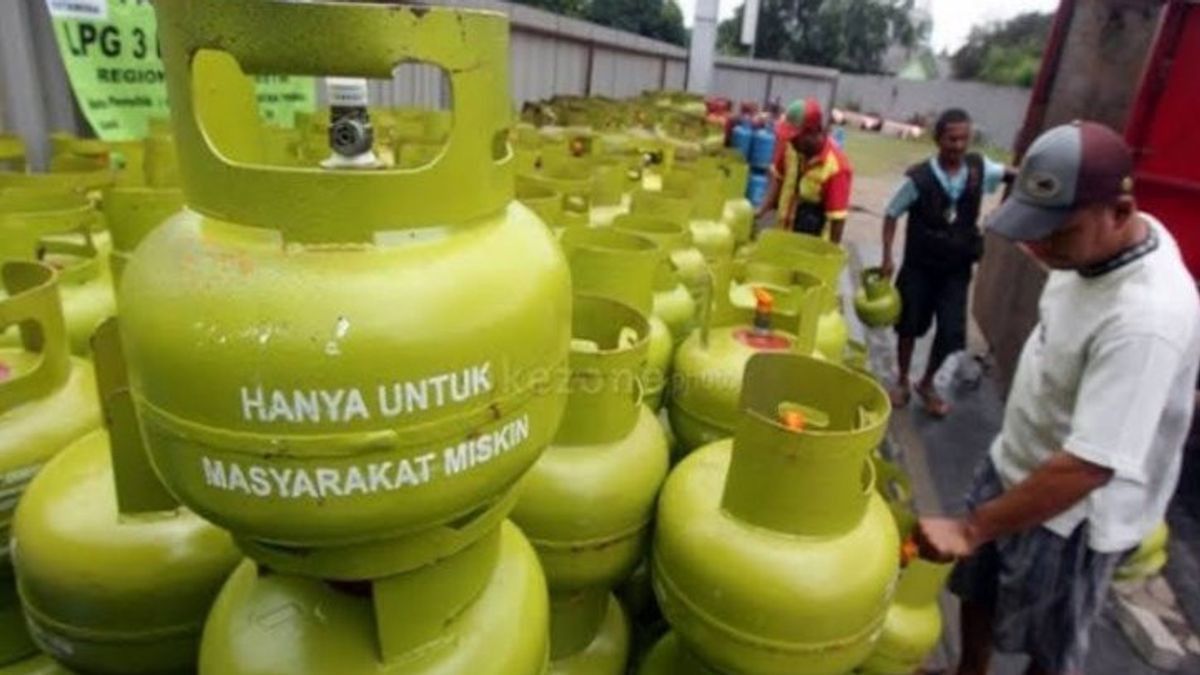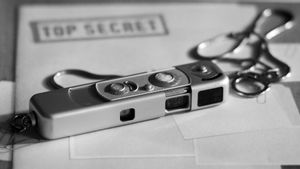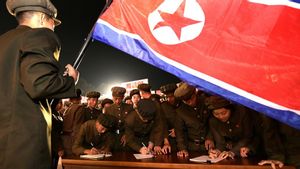YOGYAKARTA - Liquified Petroleum Gas (LPG) is one of the basic necessities used daily because it is closely related to primary needs (food). LPG gas has increased in price and even became rare and difficult to find at times. Some individuals deliberately took advantage of this condition by hoarding LPG gas and even adulterate it and selling it at a high price. The characteristics of this adilterated LPG gas can be identified so that we don't need to worry if such a condition occurs at some point.
Characteristics of Adulterated LPG Gas
Physical Condition of Gas Cylinders
Reported from Antara, the first characteristic that can be seen directly is the physical condition of the LPG gas cylinder. If the gas cylinder is not smooth, the paint on the cylinder is peeling, some parts of the cylinder are dented, then immediately ask for it to be replaced with a cylinder in good condition. Something like this should be suspected as adulterated LPG gas. At least choose a cylinder with a normal shape and no dents and is still mostly smooth.
No SNI Mark on the Gas Cylinder
The next characteristic that can be seen is the SNI mark which is generally found on LPG gas cylinders. On 3 kilogram and 12 kilogram gas cylinders, the SNI writing is definitely written and even the SNI writing is stamped permanently.
If you find an LPG gas cylinder with the same shape and color but without the SNI mark, then something like this should also be suspected and immediately ask for it to be returned or exchanged.

Characteristics of adulterated LPG gas. (Photo: Doc. Antara)
Gas Cylinder Seal
The ideal condition of a new LPG gas cylinder is to have an intact, tight and unopened seal. The seals are also equipped with clearly visible agent writing.
If the gas cylinder has a seal that is not tight, torn, or even open and does not have an agent writing on the seal, then this is also suspicious. Usually, fake people sell LPG gas cylinders by making a new seal and attaching it to the gas cylinder so that there is no agent writing on the cylinder being sold.
Rubber on the Gas Cylinder Line
The rubber on the gas cylinder line also needs to be considered. The characteristics of rubber on an original LPG gas cylinder ideally have tight, thick and neat rubber. Although this rubber is a small piece of equipment on the cylinder, its function is very large. This rubber functions to prevent leaks in the LPG gas cylinder.
Therefore, if the rubber on the LPG gas cylinder is damaged or loose, it can cause leaks in the LPG gas cylinder and even cause an explosion. This is certainly very dangerous. If the gas cylinder has rubber that is not tight and damaged, then it is likely that the gas cylinder is a fake LPS gas cylinder.
Gas Cylinder Weight
Another characteristic that can be identified is the weight of the LPG gas cylinder. Checking the weight of the gas cylinder needs to be done by weighing it. For a 3 kilogram LPG gas cylinder, the normal weight is generally around 8 kilograms. While for a 12 kilogram LPG gas cylinder, the normal weight is generally around 27 kilograms.
If the weight of the LPG gas cylinder is less than that weight or feels much lighter, then do not hesitate to return or exchange it for a new gas cylinder with a standard weight.
These are the characteristics of LPG gas cylinders that can be recognized and known to avoid adulterated LPG gas cylinders when buying them. Visit VOI.id to get other interesting information.
The English, Chinese, Japanese, Arabic, and French versions are automatically generated by the AI. So there may still be inaccuracies in translating, please always see Indonesian as our main language. (system supported by DigitalSiber.id)













